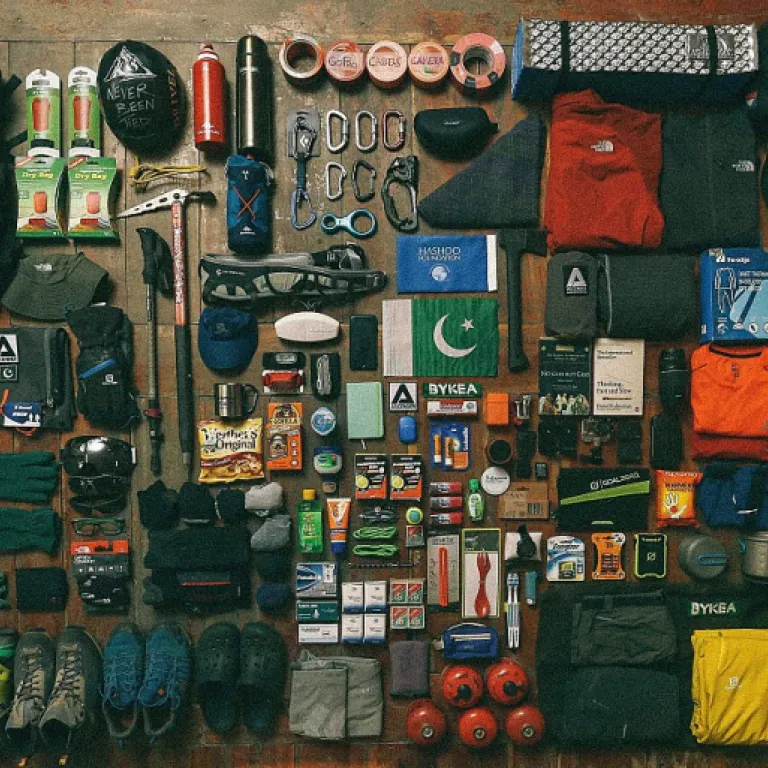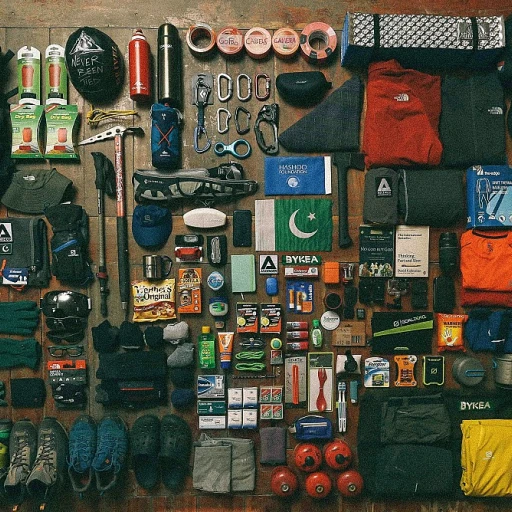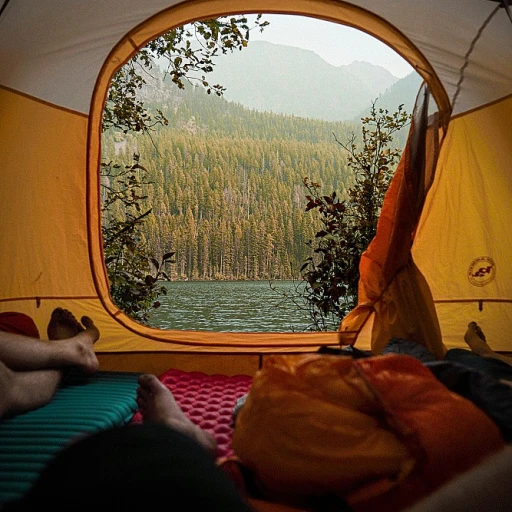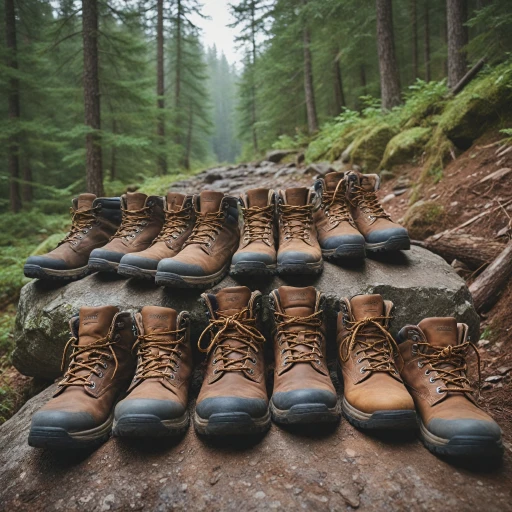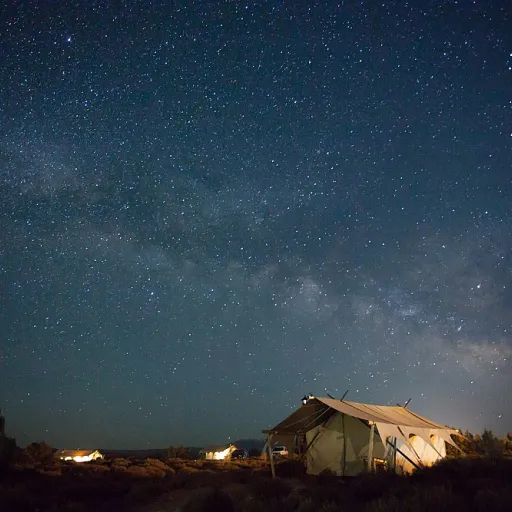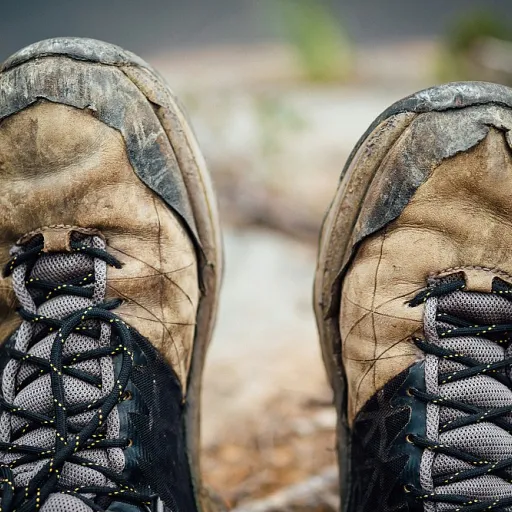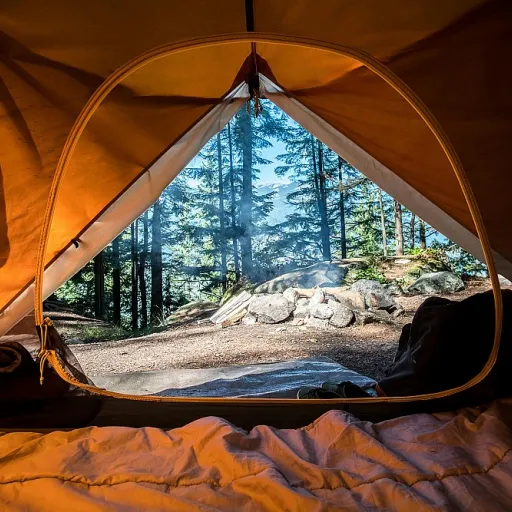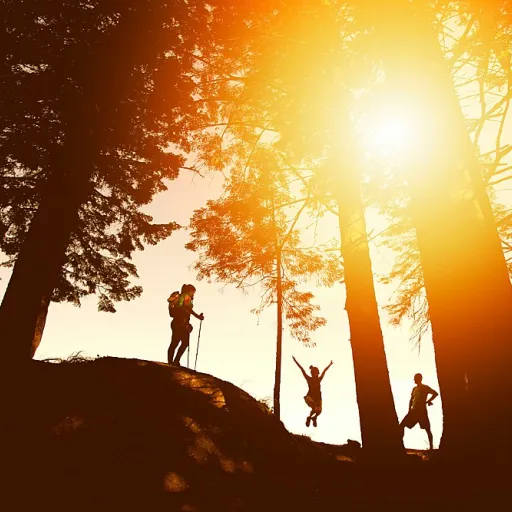
Understanding the demands of rafting on your feet
Rafting Challenges: What Your Feet Endure
Whitewater rafting is a thrilling adventure, but it puts your feet through a unique set of challenges. Unlike hiking or mountaineering, where the terrain is mostly dry and predictable, rafting exposes your feet to constant moisture, shifting riverbeds, and the risk of impact from rocks or gear. Whether you’re navigating the rapids of the Grand Canyon or enjoying a quick water rafting trip closer to home, your choice of shoes can make or break your experience.
- Constant Wetness: Your feet will be submerged in water for extended periods. Standard hiking boots or tennis shoes can become waterlogged, making them heavy and slow to dry. Quick drying water shoes or classic sandals with adjustable straps are designed to keep water moving through and away from your feet.
- Protection from Hazards: Riverbeds are unpredictable. Sharp rocks, debris, and even the boat itself can pose risks. Rafting shoes with reinforced toes or sturdy sandals straps help keep feet protected from cuts and bruises.
- Secure Fit: The current can easily pull off loose shoes or flip flops. Shoes with adjustable straps or secure lacing will stay on your feet, even in turbulent water. Flip flops and basic camp shoes might be comfortable at camp, but they won’t keep feet safe during a rafting trip.
- Temperature Swings: Water temperatures can vary widely, especially in white water environments. Shoes that keep feet warm, or at least prevent excessive heat loss, are essential for comfort and safety.
For both women and men, the right footwear is about more than just comfort. It’s about safety, performance, and enjoying the river without distraction. The market offers a range of colors and styles, from classic river shoes to modern hiking sandals, but not all are created equal for rafting. If you’re curious about how footwear trends are evolving for serious outdoor enthusiasts, check out this analysis on why camouflage boots for men are gaining traction among serious hikers.
As you prepare for your next rafting trip, remember: the demands on your feet are different from the trail. The right shoes will keep you agile, protected, and ready for whatever the river throws your way.
Key features to look for in rafting footwear
Essential Qualities for Rafting Footwear
When it comes to rafting, your feet face unique challenges that differ from classic hiking or mountaineering. The right shoes will keep your feet protected, dry quickly, and stay secure during the most demanding river conditions. Whether you’re planning a whitewater rafting trip in the Grand Canyon or a quick paddle down a local river, choosing the right footwear is crucial for both women and men.
- Quick Drying Materials: Water shoes and sandals made from synthetic mesh or neoprene allow water to drain and evaporate fast. This helps keep feet comfortable and reduces the risk of blisters or fungal issues. Avoid tennis shoes or camp shoes that stay wet and heavy.
- Secure Fit and Adjustable Straps: Look for rafting shoes or hiking sandals with adjustable straps. These keep your shoes in place, even in strong currents. Shoes with multiple sandals straps offer a more customized fit for both women and men.
- Protection and Traction: River shoes with reinforced toes and sturdy soles protect against sharp rocks and debris. Good grip is essential to prevent slips on wet surfaces. Classic flip flops or flip flop sandals don’t provide enough protection or support for white water conditions.
- Lightweight and Comfortable: Shoes should be light enough for all-day wear but still offer enough support. Many water rafting shoes come in a variety of colors and styles, so you can add a bit of personality to your gear without sacrificing function.
- Versatility: If your rafting trip includes hiking or camp time, consider hybrid hiking sandals or shoes sandals that transition well between water and land. This reduces the need to pack extra footwear.
For women looking for a balance of comfort and performance, choosing the right fishing boots for women can offer insights into what features to prioritize for river adventures.
Remember, the right footwear will keep water moving out, keep feet protected, and add confidence to every step on your rafting journey. In the next section, we’ll break down the most popular types of shoes for rafting and how they compare for different river conditions.
Comparing popular types of rafting footwear
Popular Footwear Options for Rafting Adventures
When planning a rafting trip, choosing the right shoes is crucial for comfort, safety, and performance. The market offers a range of options, each with its own strengths and weaknesses. Here’s a breakdown of the most common types of rafting footwear, focusing on what experienced hikers and mountaineers need to know.| Type | Key Features | Pros | Cons |
|---|---|---|---|
| Water Shoes | Quick drying, lightweight, mesh uppers, rubber soles | Good grip on wet rocks, keep feet protected, suitable for both men and women, available in many colors | Less ankle support, may not provide enough warmth in cold water |
| Rafting Sandals | Adjustable straps, open design, classic sandal look | Quick to drain and dry, easy to clean, straps keep sandals secure, ideal for camp shoes | Less toe protection, straps can cause rubbing on long trips |
| Closed-Toe River Shoes | Toe protection, quick-drying materials, secure fit | Better protection from rocks and debris, keep water out, suitable for whitewater rafting | Heavier than sandals, can be less breathable |
| Tennis Shoes | Classic design, lace-up, not water-specific | Easy to find, familiar fit, can double as hiking shoes | Slow to dry, heavy when wet, can hold water and sand |
| Flip Flops | Minimalist, slip-on, open heel | Quick to put on, lightweight, good for short walks at camp | Not secure for rafting, no protection, easy to lose in the river |
What to Consider When Comparing Footwear
- Protection: River shoes and closed-toe options keep feet safe from sharp rocks and debris, while sandals and flip flops offer less coverage.
- Fit and Security: Adjustable straps on sandals and secure lacing on water shoes help keep shoes on during strong currents.
- Drying Speed: Quick drying materials are essential to keep feet comfortable and avoid blisters on a multi-day rafting trip.
- Versatility: Some shoes will transition better from water to trail, making them suitable for hiking sandals or camp shoes.
Transitioning from trail to river: what experienced hikers should consider
Adapting Your Trail Footwear Mindset for the River
Experienced hikers and mountaineers know the value of reliable shoes on rugged terrain. However, when you add water to the equation, as with rafting, your approach to footwear needs to shift. The classic hiking boots that keep feet protected on the trail may not be ideal for a river trip. Instead, you’ll want to prioritize quick drying materials, secure sandals straps, and adjustable fits that keep water moving out and prevent blisters.
What Makes River Shoes Different?
Unlike traditional hiking boots, river shoes and water shoes are designed to keep feet comfortable and protected in wet environments. They feature quick drying fabrics, drainage holes, and non-slip soles. For both women and men, the best rafting shoes offer a balance of protection and breathability. Adjustable straps are key, as they allow you to customize the fit even when your feet swell or get wet. Classic sandals with sturdy soles and toe protection are often preferred over flip flops or tennis shoes, which can slip off or fail to protect against sharp rocks.
- Sandals vs. Shoes: Sandals with secure straps are popular for their comfort and quick drying ability, but shoes offer more protection for whitewater rafting or rocky riverbeds.
- Camp Shoes: After a day on the river, camp shoes or flip flops can give your feet a break, but they’re not suitable for paddling or portaging.
- Color and Style: Many brands offer a range of colors and designs, but function should always come before fashion. Choose what will keep your feet safe and comfortable throughout your rafting trip.
Tips for a Smooth Transition
When moving from hiking to water rafting, don’t just grab your usual trail shoes. Consider the specific demands of the river. Shoes will need to stay on in strong currents, dry quickly, and provide enough grip on slippery rocks. Adjustable straps and quick drying materials are essential. For white water or multi-day trips like those in the Grand Canyon, river shoes with reinforced toes and heel protection are a smart choice. Remember, the right footwear can make or break your experience—keep feet happy, and you’ll enjoy every moment on and off the water.
Caring for your rafting footwear
How to Make Your Rafting Footwear Last
Proper care is essential to keep your rafting shoes, sandals, or water shoes in top condition for every river trip. Whether you prefer classic sandals with adjustable straps, quick-drying river shoes, or even tennis shoes for camp, a few simple habits will help extend their life and maintain protection for your feet.- Rinse after every use: River water, sand, and mud can degrade materials and cause odors. Rinse your shoes or sandals thoroughly with fresh water after each rafting trip to remove debris and prevent buildup.
- Dry completely: Quick-drying is a key feature, but don’t leave your footwear in direct sunlight for long periods. Instead, air dry in a shaded, ventilated area to avoid weakening straps or fading colors. For women and men, this helps keep sandals and shoes in good shape for the next adventure.
- Inspect straps and buckles: Adjustable straps and secure closures are vital for safety on the river. Regularly check for fraying, loose stitching, or worn-out Velcro. Replace or repair as needed to keep your shoes rafting-ready.
- Avoid harsh chemicals: Skip bleach or strong detergents, as these can damage the materials of your water shoes, flip flops, or hiking sandals. Mild soap and water are usually enough to clean and keep your footwear fresh.
- Store properly: Don’t leave your rafting shoes or sandals in a damp bag or trunk. Store them in a cool, dry place to prevent mold and mildew. This is especially important after whitewater rafting or multi-day trips like those in the Grand Canyon.
Extra Tips for Different Footwear Types
- Sandals: Clean the footbed and straps regularly to prevent grit from wearing down the material. Adjustable straps should be checked for smooth operation.
- Water shoes: Remove insoles if possible to speed up drying. Quick drying helps keep water from lingering and causing odor.
- Flip flops and camp shoes: Use these only around camp, not on the river, to keep them in good condition and avoid losing them in fast-moving water.
- Tennis shoes: If you use classic tennis shoes for rafting, dry them thoroughly and consider using odor-fighting sprays to keep feet comfortable on your next trip.
Common mistakes to avoid when choosing footwear for rafting
Overlooking Essential Footwear Features
Many experienced hikers and mountaineers assume their trail shoes or hiking boots will perform just as well on a rafting trip. However, classic hiking footwear often lacks the quick drying properties and water drainage needed for river environments. Choosing shoes or sandals without adjustable straps can lead to discomfort or even losing a shoe in fast-moving water. Prioritize rafting shoes or water shoes with secure, adjustable straps and quick drying materials to keep feet comfortable and protected.Choosing the Wrong Type of Footwear
It’s tempting to grab a pair of flip flops or tennis shoes for a whitewater rafting adventure, but these options can be risky. Flip flops and basic sandals often lack the foot protection and grip needed on slippery rocks or in turbulent water. Tennis shoes absorb water and dry slowly, which can lead to blisters and discomfort. Instead, look for river shoes, water sandals, or classic water shoes designed specifically for rafting. These will keep water moving out and help keep feet safe from sharp rocks and debris.Ignoring Fit and Comfort
A common mistake is not testing the fit of new shoes or sandals before the trip. Ill-fitting footwear can cause hot spots, blisters, or even injuries during a long day on the river. Make sure to try on your rafting shoes or hiking sandals with the same socks you’ll wear on the trip. Adjustable straps are key for both men and women, allowing you to customize the fit as your feet swell or as conditions change.Neglecting Footwear Maintenance
After a rafting trip, it’s easy to toss your shoes aside and forget about them. However, failing to clean and dry your shoes or sandals properly can lead to odors, mold, and a shorter lifespan. Rinse off sand and debris, and let your shoes dry completely before storing them. This simple step will help keep your footwear in top condition for your next adventure.- Don’t add heavy camp shoes to your pack if you won’t use them—choose lightweight, quick drying options instead.
- Always check that your sandals straps and closures are secure before hitting the river.
- Consider the color and style, but never at the expense of safety and function.
By avoiding these common mistakes, you’ll ensure your feet stay protected and comfortable, whether you’re tackling white water in the Grand Canyon or enjoying a classic river trip closer to home.

